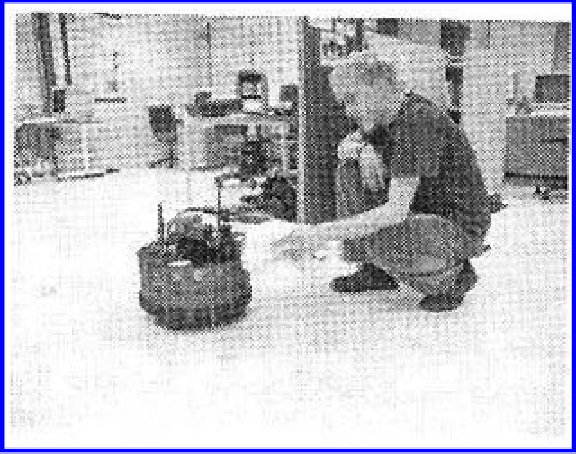Biomedical Engineering Reference
In-Depth Information
Figure 6.23.
The illustration of an electronic nose guided autonomous robot. The scene is
viewed from another robot's visual system. Reprinted with permission from Loutfi (2006).
As a final remark of the type of application presented in this section, there
is a motivation to highlight the performance, when conducting the experiments
described above. The outcome of the operational principles has the aim to focus
on at least one of the main properties below. The design of measuring qualitative
parameters related to artificial- and perceptual-based sensor systems as described
in this topic may have the following concept basis:
— characterisation,
— discrimination,
— change detection.
Characterisation
describes the performance, where the observed samples are
clustered by similarity and have been essentially performed with superficial and
test samples.
Discrimination
performance has been performed to build-up a suitable set of
data by repeating such measurements over a relatively long period. The aim is to
check the coherence of the system and the ability to discriminate between different
types of units, for example, different brands of bottled water.
Change detection
capabilities have mainly been regarded in situations where
a request to relate the upcoming result with the normal mode, for example, an
electronic tongue that detects unique contamination in a occurrence of normally
clean drinking water.
The next chapter will comprise the concept of artificial perceptual systems
with a focus towards the emerging interest of perceptual prosthesis as a funda-
mental property to gain artificial human-based qualities. Maybe future prosthesis
will also provide the user with extraordinary sensing capabilities.








Search WWH ::

Custom Search